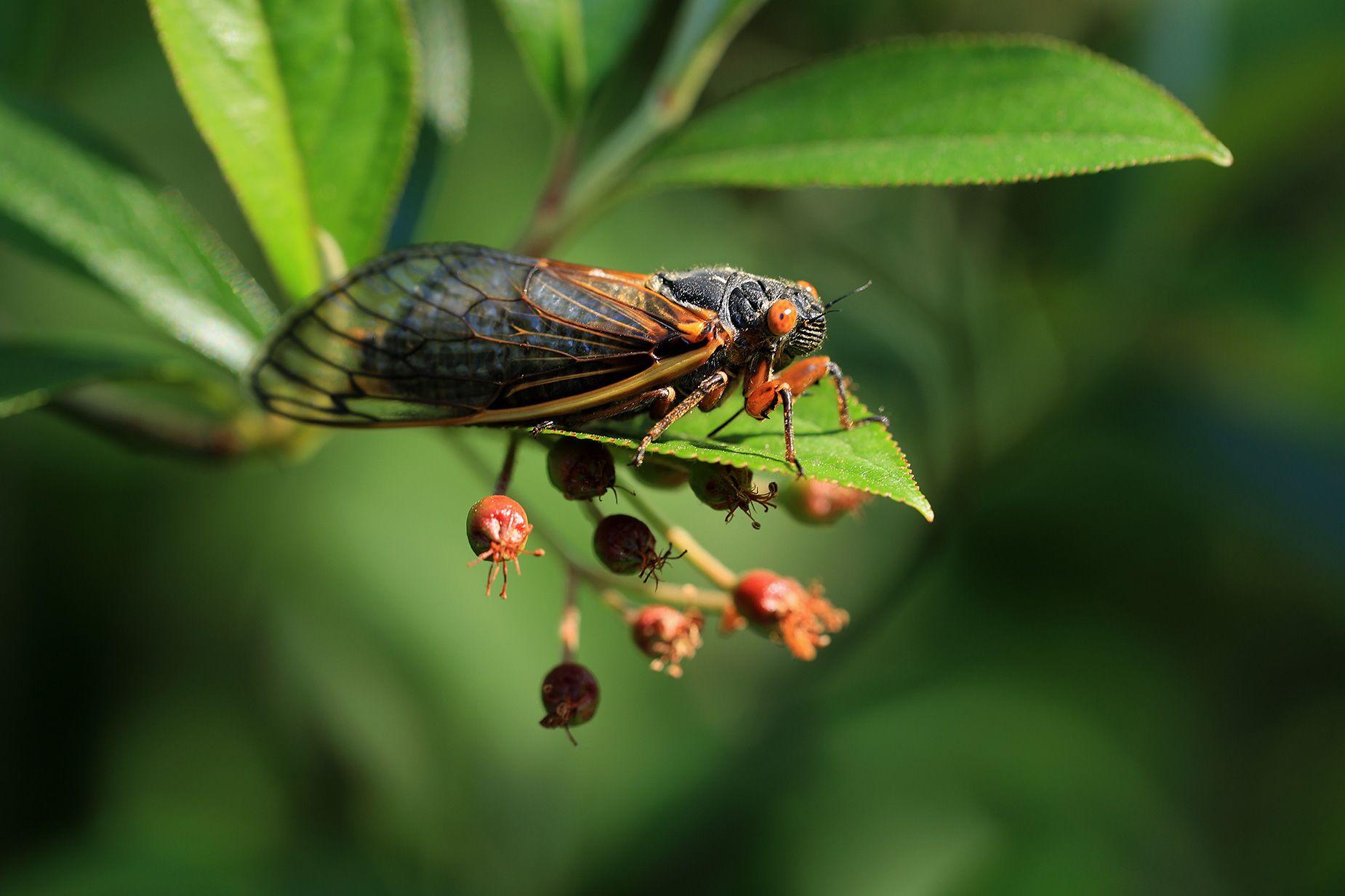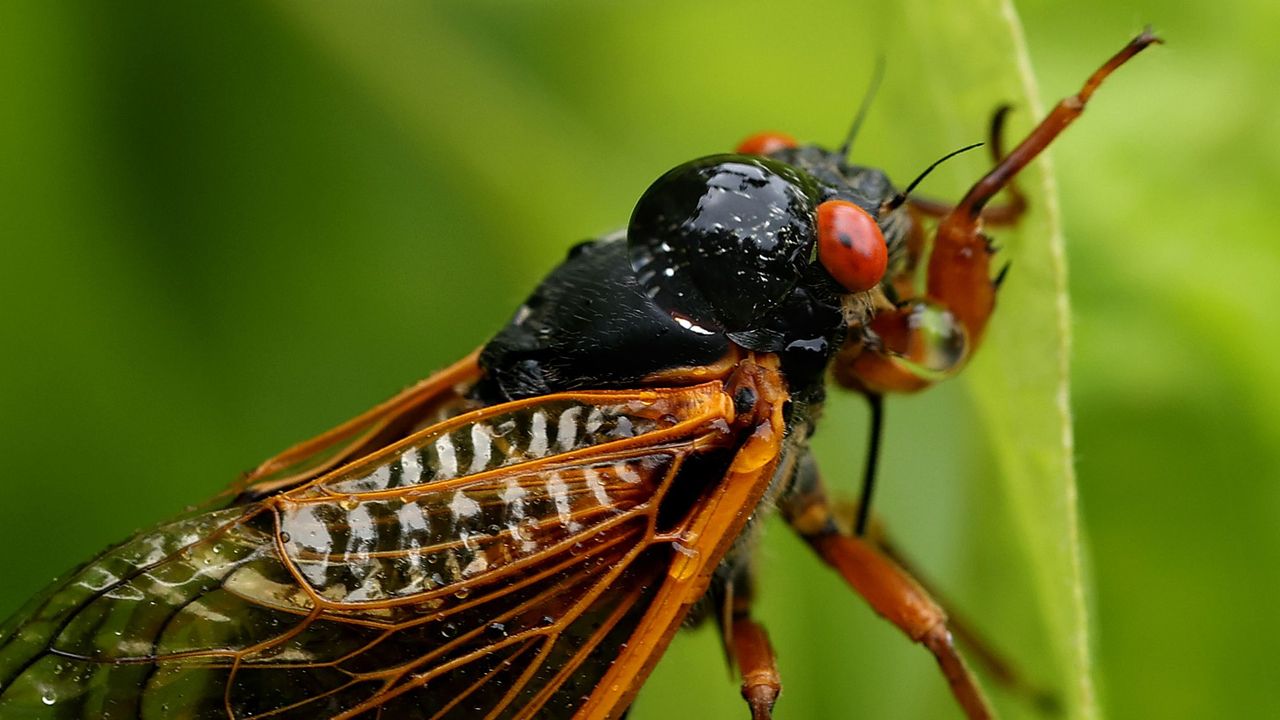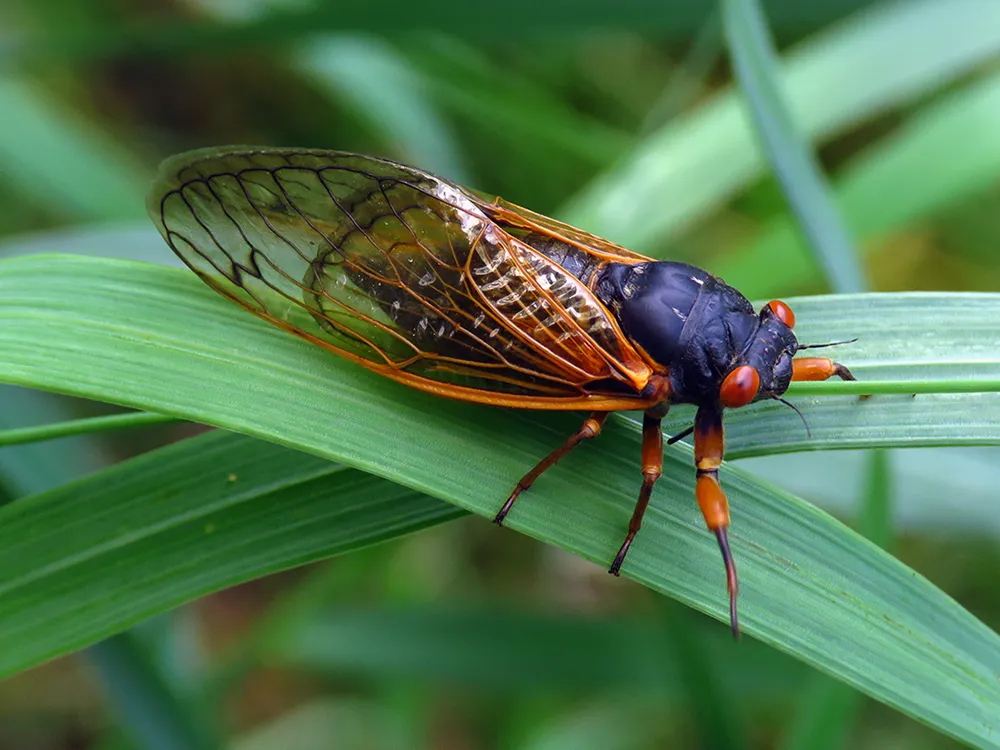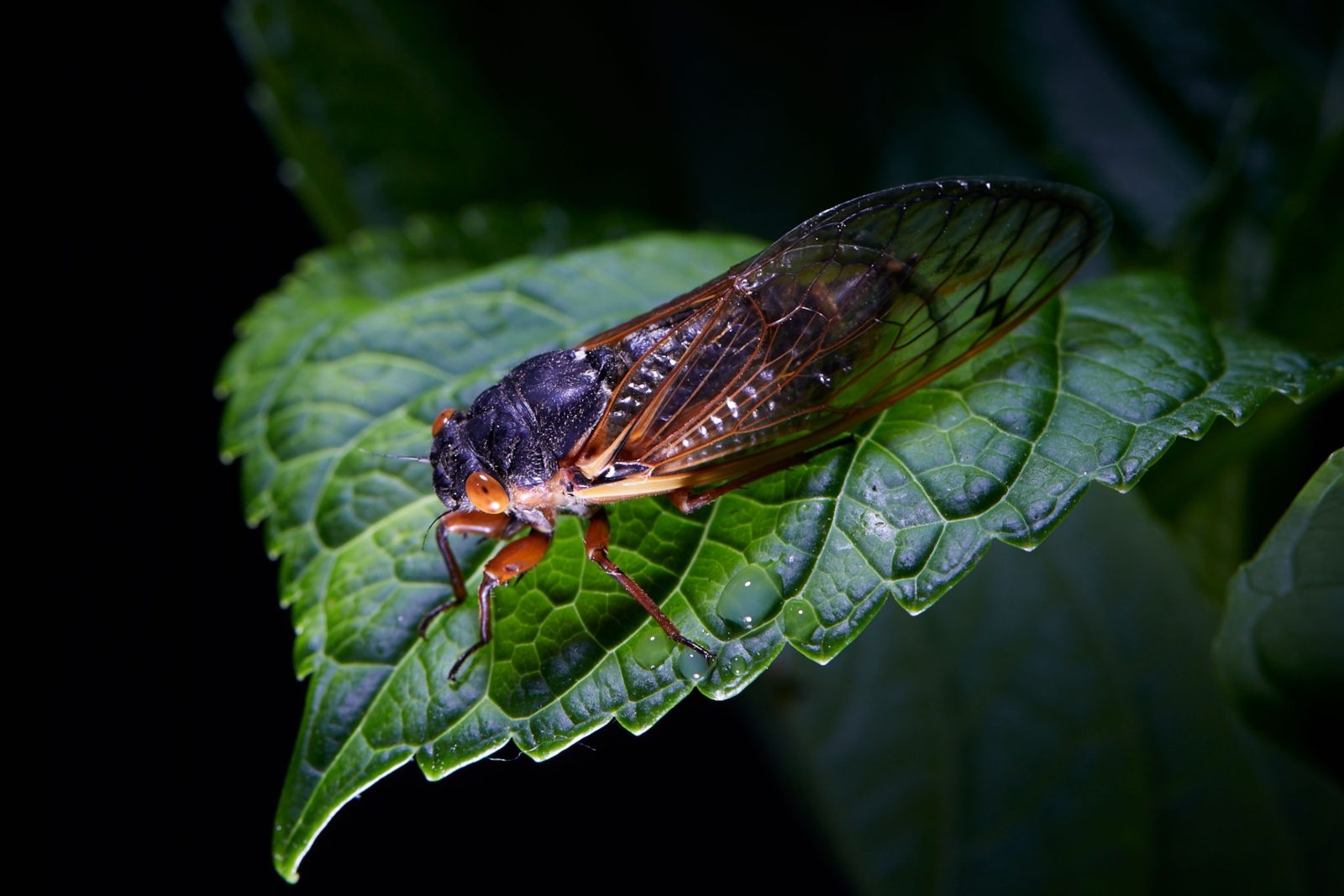Get ready to experience a natural spectacle like no other or brace yourself for a buzzing invasion—it all depends on your perspective.
Observers have already glimpsed the initial arrivals of an extraordinary event: the emergence of cicadas across numerous US states, including bustling urban centers like Chicago, Nashville, and St. Louis.
This spring, billions, if not trillions, of these winged insects will blanket the eastern regions of the country, marking a rare occurrence that hasn’t been witnessed since 1803 due to the simultaneous emergence of two distinct periodical cicada broods.
Bracing for the Spectacular – and Noisy – Phenomenon Across the Eastern US

One of these broods, known as Brood XIII, resides in Northern Illinois and remains underground for 17 years before emerging. The other, dubbed Brood XIX or the Great Southern Brood, spends 13 years below ground. The convergence of these two broods won’t happen again until 2245.
Although the mass emergence hasn’t reached its peak yet, experts offer insights into what to expect during cicada season.
Look out for small holes resembling tiny chimneys near tree roots—a sign that periodical cicadas are about to emerge from their subterranean dwellings. Once the soil temperature hits approximately 64 degrees Fahrenheit (17.8 degrees Celsius), cicada nymphs begin their ascent.

Upon surfacing, the nymphs head straight for vertical surfaces, such as tree trunks or fences, where they shed their exoskeletons and unfurl their wings for the first time.
Over the following four to six weeks, these insects engage in a frenzy of activity, including feeding, mating, and laying eggs, accompanied by the distinctive droning buzz that characterizes their presence.
The cacophony produced by thousands of male cicadas can rival the noise of a lawnmower, especially in areas where they gather in trees. For those sensitive to insect swarms, staying indoors or planning a getaway during peak emergence might be the most appealing option.
Despite their overwhelming numbers and propensity to land on unsuspecting individuals, cicadas pose little harm to plants, trees, or humans. They even offer a nutritional feast for various animals, although those with seafood allergies should steer clear due to cicadas’ distant relation to shrimp and lobsters.

Rather than fearing the influx of cicadas, embrace the opportunity to witness this extraordinary natural phenomenon, which not only attracts but also benefits the environment.
Through community science initiatives like the Cicada Safari app, individuals can contribute valuable data to ongoing research efforts, shedding light on the mysterious lifecycle of these fascinating insects.
So, whether you’re awestruck by nature’s wonders or seek refuge from the buzzing masses, the impending cicada emergence promises to leave a lasting impression on all who experience it.







Leave a Reply